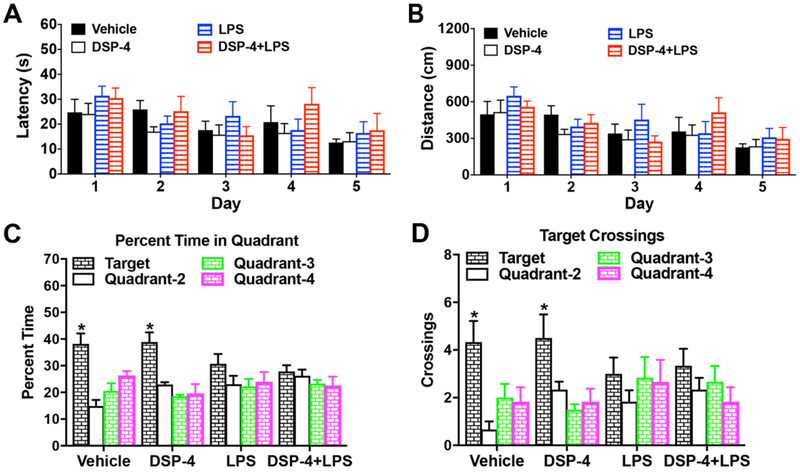Fig. 5. “Two-hit” and LPS-injected mice display Impaired spatial learning in Morris water maze at 7.5 months after injection.
Mice were 42 weeks in age at time of testing, following treatment with DSP-4 and/or LPS at 9-10 weeks. (A-B) Acquisition of spatial learning in the Morris water maze. Data are means (± SEM) of 4 trials per day, across 5 days of training. (A) Latency to find the escape platform in the Morris water maze. (B) Swimming distance. (C-D) The decrease in spending percent time, [within-group analyses following repeated measures ANOVA, treatment x quadrant interaction, F(9,60)=2.06, p=0.0473; and quadrant, F(3,60)=13.51, p<0.0001] (C) and crossing times, [effect of quadrant, F(3,60)=7.80, p=0.0002; ] (D) in target quadrant in LPS alone and “two-hit” mice. Data are means (± SEM) for a one-minute probe trial, with the escape platform removed from the water maze. The target quadrant indicates the location of the platform during training. N=6 mice per treatment group. *p<0.05, significant effect of quadrant, within-treatment repeated measures ANOVA.

